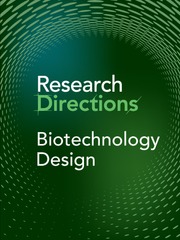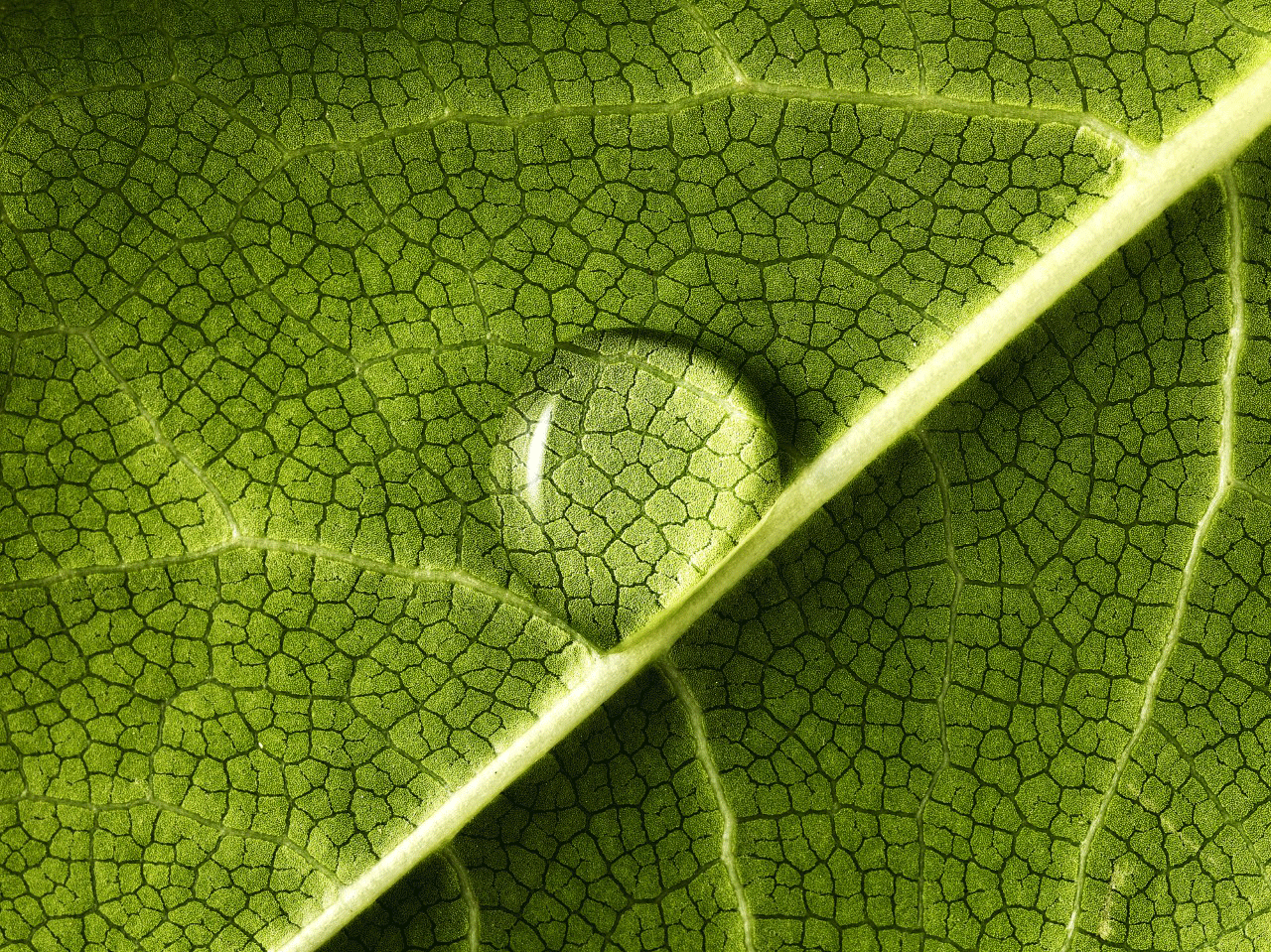Context
The form and function of human-made objects has borrowed extensively from the natural world. Living systems can serve as the departure point for biomimicry, or as part of the experience in the case of biophilic design. However, bio-inspired design approaches often focus on an idealised and perfected representation of biology. As we design as we integrate biology into products, infrastructure, our conventional thinking on aesthetics may need to change. Real biological systems are subject to imperfections and may be visceral in ways that are not compatible with common conceptions of taste and beauty.
Mechanisms for evaluation on subjective properties such as appearance are rarely used in biotechnology. This neglect is counterintuitive as aesthetics plays an essential role in natural and sexual selection. Nonetheless, the search for symmetry, elegance or organisational structure is a driving aspect of some lines of biological research. Biodesign offers distinct possibilities on a spectrum: either to create biomaterials that have identical sensory properties to existing inorganic materials or introduce novel visual or tactile properties related to their origin.
The process of aesthetic appreciation also involves critical appraisal and may include other influences: for example, ethical judgements. The ‘ick’ factor, for example, on the use of human cells for engineered on non-therapeutic biological materials may traverse what boundaries of what are considered culturally acceptable which precludes the use of some biological processes and systems for some applications and in certain cultures. As biotechnologies become more embedded within our daily lives, questions of aesthetics for intended applications (for instance, notions of purity or refinement in design) may drive research and our judgement about this emerging materiality.
This question, therefore, requires research from a wide range of fields across science, the arts and social science to reveal what is missing in our discourse and start to provide examples of how this can be an important aspect of biotechnology design practice.
Contributions
This is a wide topic, and we expect to the contributions which challenge us and push the boundaries of the question. However, as a broad guideline we invite contributions in the following areas:
Results
-
Methods which implicitly or explicitly use aesthetics in the evaluation of the scientific results (e.g. against criteria of elegance and beauty). Or results on the cognitive biases in interpretation of biological results to, for example, specific patterns.
-
Evaluation of function-specific structural constraints and their resolution in aesthetic-driven biotechnological design.
-
Experimental results on the biological basis of aesthetics across nature which may have applications to designed biological systems with human-centred applications (e.g. the use of colour or pattern).
-
Studies which report on the aesthetic perception of biotechnologies. These can include questions of acceptability or aesthetic judgements on what acceptable in biotechnology research.
-
Visual results, which may include papers based on annotated portfolios of visual results from experiments.
Analysis
-
Reviews of key materials, technologies and case studies.
-
Reviews on the evolution and biological basis of aesthetics and its potential implementation in biotechnological design.
-
Critical analysis of the bio-aesthetic aspects of sustainable design including, for example, the practice of bio-washing which may give legitimacy on unsustainable products and processes.
-
Interdisciplinary perspective articles on the new aesthetic created by grown or living materials
Impact
-
Reviews of patents and industrial applications and interest in this area.
-
Reviews and reports of exhibitions and design work – including observation of ‘styles’ of biotechnology design or changing cultural or scientific approaches.
-
Reviews of the mechanism of aesthetic judgement and their potential applications.
-
Opinion papers on the process of hybridisation of scientific knowledge from biological systems and aesthetic-driven design practice
Additional material and early outputs
We welcome a broad range of curated discussion pieces, including submission of design portfolios, short polemics, position pieces or provocations. As the question content develops, we expect this engagement to comment on the existing archive of published material.
How to contribute to this Question
If you believe you can contribute to answering this Question with your research outputs find out how to submit in the Instructions for authors (https://www.cambridge.org/core/journals/research-directions-biotechnology-design/information/author-instructions/preparing-your-materials). This journal publishes Results, Analyses, Impact papers and additional content such as preprints and ‘grey literature’. Questions will be closed when the editors agree that enough content has been published to answer the Question so before submitting, check if this is still an active Question. If it is closed, another relevant Question may be currently open, so do review all the open Questions in your field. For any further queries, check the information pages (https://www.cambridge.org/core/journals/research-directions-biotechnology-design/information/about-this-journal) or contact this email ([email protected]).
Competing interests
The author(s) declare none.




